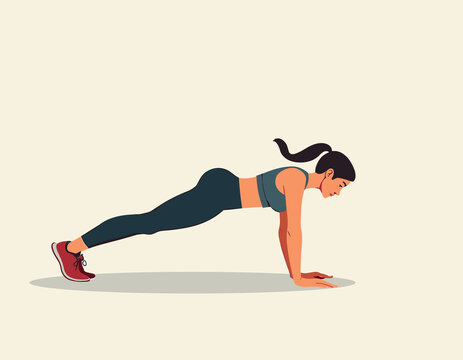Exercise and Longevity: Small Amounts, Meaningful Gains
Regular physical activity is one of the most reliable habits linked with longer, healthier life. Importantly, the benefits begin at low doses that most people can fit into busy days. Large population studies show that even short, consistent bouts of movement are associated with lower mortality and more years lived compared with being inactive.
In an eight‑year follow‑up of roughly 600,000 adults in Taiwan, individuals who accumulated about 15 minutes of activity per day (around 92 minutes per week) lived about three years longer on average than less active peers. Those who reached roughly 30 minutes per day lived about four years longer on average. These findings illustrate a clear dose–response pattern: more activity was associated with greater benefit, with the largest relative gain seen when moving from inactivity to even a modest daily routine.
Similar patterns have been reported elsewhere. Analyses of more than 650,000 people coordinated by the U.S. National Cancer Institute found that as little as 10 minutes of brisk walking per day was associated with roughly 1.8 additional years of life expectancy compared with no leisure‑time activity, while about 150 minutes per week—close to common guidelines—was associated with about 4.5 additional years. Brisk walking counts as moderate‑intensity activity; many people can judge the effort by the talk test—breathing harder, but still able to speak in short sentences.
Back‑of‑the‑envelope summaries like “one minute of exercise adds 36 minutes of life” can help visualize the magnitude of association, but they oversimplify complex, observational data and should be viewed as illustrative rather than literal. Real benefits vary with age, baseline fitness, health conditions, and the types and intensities of activity performed. What is consistent across studies is that doing something beats doing nothing, and adding a little more over time usually brings additional benefit.
The most practical starting point is the one you will do consistently. If your schedule is tight, begin with 10–15 minutes of brisk walking a day and build toward 20–30 minutes on most days, or break activity into several short bouts across the day. No gym is required—walk faster on familiar routes, take the stairs when you can, and stand up to move briefly during long sitting periods. People with chronic conditions or recent illness should consult a clinician about safe starting levels, but nearly everyone can take a first step today. Over weeks and months, small, regular efforts compound into meaningful health gains.







